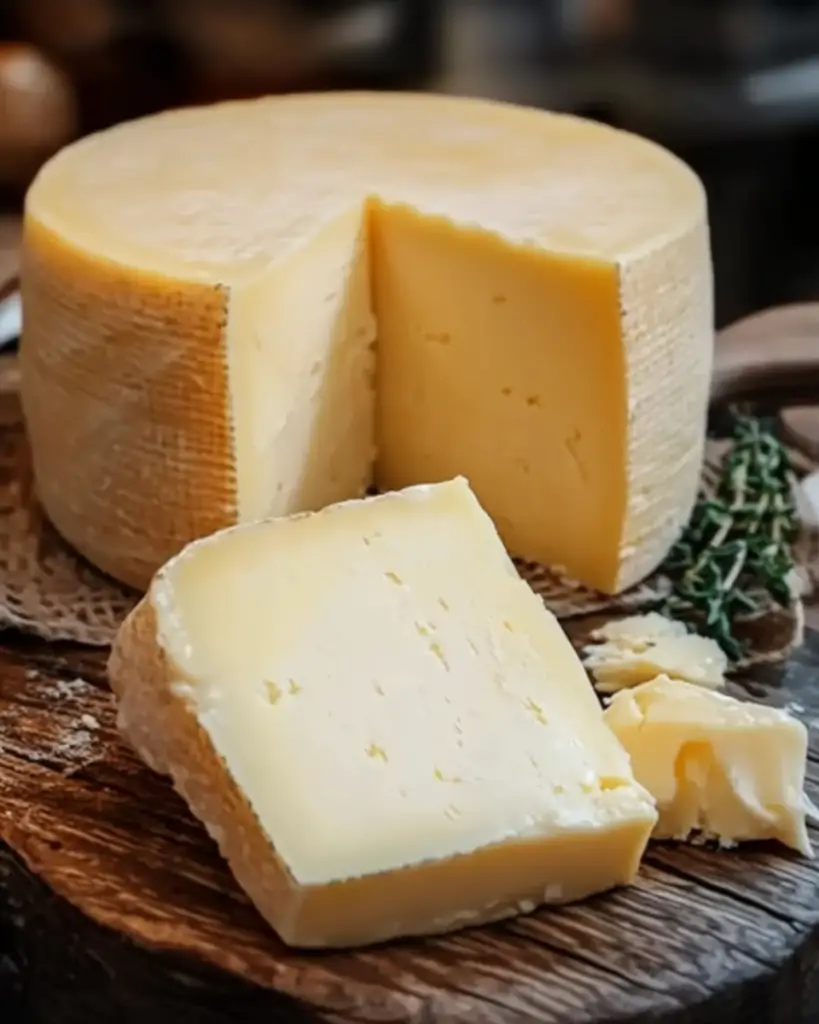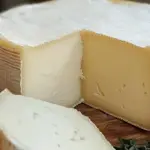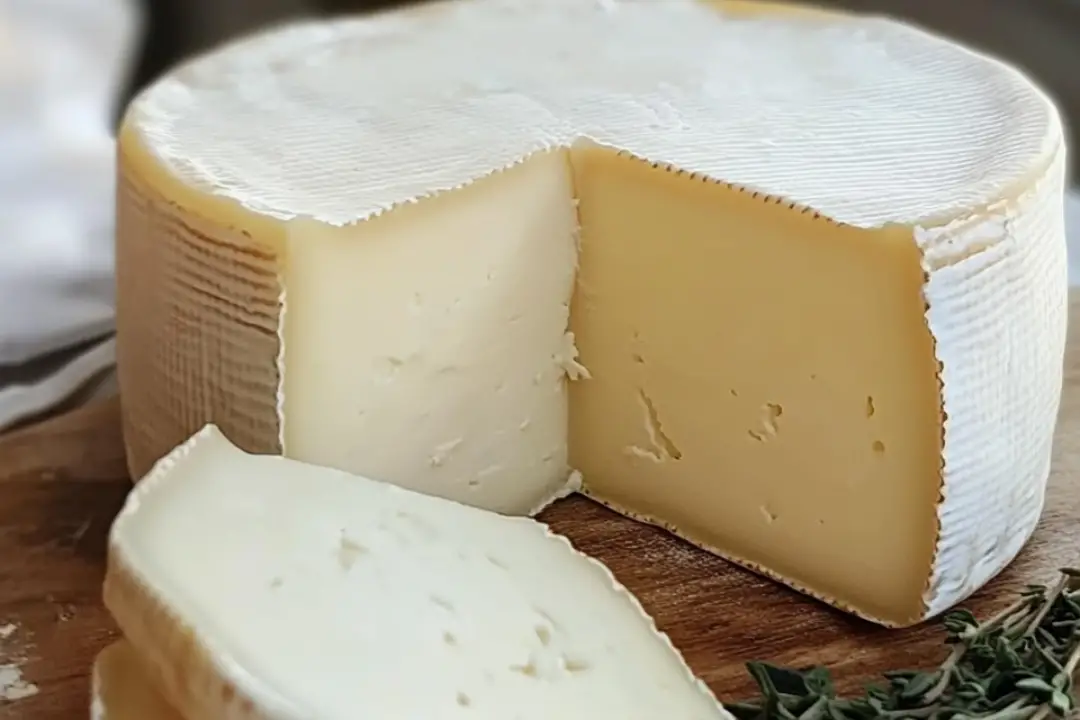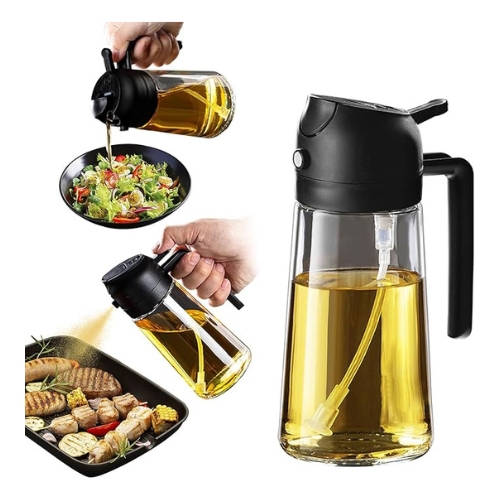Making your own cheese at home? Sounds like a big undertaking, right? Well, I promise it’s easier than you think, and the results are totally worth it. Homemade cheese is like a little culinary magic, turning a few basic ingredients into something rich, creamy, and utterly satisfying. Whether you’re making fresh ricotta, mozzarella, or even a simple cream cheese, there’s something incredibly rewarding about turning milk into cheese in your own kitchen. The best part? You can enjoy the fruits of your labor in just a few hours, and you get to say, “Yep, I made that myself!”
Why You’ll Love Homemade Cheese
This homemade cheese is a total game-changer for anyone who loves creamy, delicious cheese but doesn’t want to rely on store-bought varieties. Here’s why:
- Fresh & Flavorful: Nothing beats the taste of homemade cheese. It’s fresher and creamier, with a richness you just can’t find in store-bought options.
- Simple Ingredients: All you need is milk, an acid (like vinegar or lemon juice), and salt—everything else is just for flavoring.
- Customizable: You can adjust the flavors to your liking. Add herbs, spices, or garlic for a personalized twist, or keep it simple for a more classic flavor.
- Perfect for Beginners: Making cheese at home may sound complicated, but trust me—this is an easy entry point for beginners, and you’ll be hooked once you get started.
- No Preservatives: When you make your own cheese, you know exactly what’s going into it—no preservatives or artificial ingredients.

Disclosure: This post contains affiliate links.If you click and make a purchase, I may earn a small commission at no extra cost to you.
Ingredients
To make your own homemade cheese, you’ll need the following:
Whole Milk
Whole milk gives the cheese its creamy texture and rich flavor. Make sure it’s not ultra-pasteurized—regular pasteurized milk works best for making cheese.
Vinegar or Lemon Juice
You’ll need an acid to help curdle the milk. Vinegar and lemon juice are both great options, and you can use whichever one you prefer or have on hand.
Salt
Salt adds flavor to your cheese. You can use regular table salt, sea salt, or even kosher salt.
Optional Flavorings
For added flavor, feel free to get creative! You can add garlic, herbs, or spices to the cheese to give it a unique twist.
Preparation Time
Prep Time: 10 minutes
Cook Time: 30 minutes
Total Time: 40 minutes
Nutrition Facts
Servings: 1 batch
Calories per serving (based on a yield of 1 cup of cheese): 120
Total Fat: 8g
Saturated Fat: 5g
Cholesterol: 30mg
Sodium: 200mg
Total Carbohydrates: 3g
Dietary Fiber: 0g
Sugars: 3g
Protein: 7g
Instructions
Let’s walk through the simple steps to make your own homemade cheese:
Heat the Milk
Pour the whole milk into a large saucepan and place it over medium heat. Stir occasionally to prevent the milk from burning. Heat the milk until it reaches about 190°F (88°C), which is just below boiling. You’ll start to see little bubbles form around the edges of the pan—this is when you know it’s ready.
Add the Acid
Once the milk has heated, add your vinegar or lemon juice. Stir gently, and you’ll see the milk start to separate into curds (solid) and whey (liquid). This is the magic moment! Let it sit for about 5 minutes to allow the curds to fully form.
Drain the Curds
Place a fine mesh strainer or cheesecloth over a large bowl and carefully pour the curds and whey through it. The liquid whey will drain into the bowl, leaving you with the curds in the strainer. You can save the whey for other recipes like smoothies or baking.
Salt the Curds
Once you’ve drained out as much whey as you can, transfer the curds to a clean bowl. Add salt to taste and mix well. You can also add any optional flavorings at this point, like garlic or herbs. Mix until everything is well incorporated.
Let It Set
Once salted, you can use the cheese right away, or let it sit in the fridge for an hour to firm up a bit. The longer it sits, the more solid it will become.
Serve and Enjoy
That’s it! You’ve just made fresh, homemade cheese. Enjoy it spread on crackers, mixed into salads, or simply paired with some fresh bread.
How to Serve Homemade Cheese
Homemade cheese is versatile and can be served in so many delicious ways:
- On Crackers or Bread: Spread it on fresh, warm bread or your favorite crackers for a simple and satisfying snack.
- In Salads: Crumble it on top of salads for a creamy texture and rich flavor.
- With Charcuterie: Add it to a charcuterie board alongside cured meats, olives, and fruit for a beautiful appetizer.
- In Pasta: Stir it into pasta for a creamy, cheesy boost, or use it in lasagna or ravioli fillings.
- As a Snack: Just grab a spoon and enjoy it straight from the bowl—because homemade cheese is too good to resist!
Additional Tips
- Milk Alternatives: You can make cheese with different types of milk, like goat’s milk or even non-dairy options like soy or almond milk. However, keep in mind that the texture and flavor may vary.
- Use Cheesecloth for Extra Fine Cheese: If you want your cheese to have a super smooth texture, you can wrap it in cheesecloth and press it for a firmer, more refined consistency.
- Save the Whey: Don’t throw away the leftover whey! It’s packed with nutrients and can be used in smoothies, baked goods, or even as a base for soups and stews.
FAQ Section
Q1: Can I make this with skim or low-fat milk?
A1: Whole milk produces the best results for creamy, rich cheese, but you can use skim or low-fat milk for a lighter version. Just keep in mind that the texture might be less creamy.
Q2: Can I use something other than vinegar or lemon juice?
A2: Vinegar and lemon juice are the most common acids for cheese making, but you could experiment with other acids like citric acid or even white wine vinegar. They’ll all work in helping the curds form.
Q3: How long will this cheese last?
A3: Homemade cheese is best enjoyed within 3-5 days, as it doesn’t contain preservatives. Keep it refrigerated in an airtight container to keep it fresh.
Q4: Can I use this recipe to make different types of cheese?
A4: Yes, this basic method can be used to make other fresh cheeses like ricotta or paneer. The key is to adjust the acid and method depending on the texture you’re aiming for.
Q5: Can I flavor my homemade cheese?
A5: Absolutely! Add garlic, herbs, chili flakes, or even sun-dried tomatoes to your cheese mixture before refrigerating it to make a flavored cheese.
Q6: Can I freeze homemade cheese?
A6: Homemade cheese doesn’t freeze well, especially if it’s a soft cheese like ricotta. It can change the texture once thawed, so it’s best to eat it fresh.
Q7: Do I need any special equipment to make homemade cheese?
A7: Not at all! You don’t need any special equipment, but a fine mesh strainer or cheesecloth is helpful for draining the curds. A thermometer helps ensure you heat the milk to the right temperature, but it’s not absolutely necessary.
Q8: What do I do with the leftover whey?
A8: Whey can be used in smoothies, added to soups, or used for baking (like in pancakes or bread). It’s packed with protein and nutrients, so don’t let it go to waste!
Q9: Can I make this cheese without a stove?
A9: You could experiment with using the microwave to heat the milk, but the stovetop method gives you more control over the temperature and consistency of the curds.
Q10: What type of milk is best for cheese-making?
A10: Fresh, pasteurized milk (but not ultra-pasteurized) works best for making cheese. Raw milk can be used if it’s available, but it’s important to handle it carefully.
Conclusion
Making your own homemade cheese is a fun, rewarding experience that’s easier than you might think. With just a few simple ingredients, you can create rich, creamy cheese that’s perfect for snacking, cooking, or serving on your favorite charcuterie board. Whether you’re new to cheese-making or a seasoned pro, this recipe is a great place to start. Enjoy the fresh, delicious flavors of homemade cheese—you’ve earned it!
Print
Incredibly Delicious Homemade Cheese
- Total Time: 30 minutes
- Yield: 10 servings
- Diet: Vegetarian
Description
Skip store-bought cheese and make your own creamy, flavorful cheese at home with just milk, vinegar, and a few simple ingredients! This easy homemade cheese recipe is rich and customizable with Provencal herbs for a unique twist.
Ingredients
- 1.5 liters of milk (6 1/3 cups)
- Salt, to taste
- 2 tablespoons apple cider vinegar (30 ml)
- 50 grams melted butter (1/4 cup)
- 1 tablespoon Provencal herbs (15 ml)
Instructions
- Heat the Milk: Pour 1.5 liters of milk into a large saucepan and heat over medium heat, stirring occasionally, until the milk is just about to boil. You’ll see small bubbles form around the edges of the milk but don’t let it boil over.
- Add Vinegar: Once the milk is heated, stir in 2 tablespoons of apple cider vinegar. Stir gently to combine. The milk will begin to curdle and separate into curds and whey.
- Let the Milk Sit: Remove the pan from the heat and let the mixture sit for about 10-15 minutes to allow the curds to fully form.
- Strain the Curds: After the curds have formed, use a fine-mesh strainer or cheesecloth to strain the curds from the whey. You can save the whey for other uses or discard it.
- Mix in Butter and Herbs: Place the curds into a bowl and add the melted butter and Provencal herbs. Stir well to incorporate the butter and herbs evenly into the curds.
- Season with Salt: Add salt to taste, mixing thoroughly. This is the stage where you can adjust the flavor to your liking.
- Chill the Cheese: Transfer the curd mixture into a mold or a small dish and smooth out the top. Refrigerate for at least 1 hour to allow the cheese to firm up.
- Serve and Enjoy: Once the cheese is chilled and firm, it’s ready to be served. Enjoy it on crackers, bread, or as part of your favorite dishes!
Notes
- If you prefer a firmer cheese, you can let the curds drain longer before chilling.
- You can experiment with other herbs or spices like garlic powder, chili flakes, or Italian seasoning for different flavor profiles.
- This cheese is best served fresh, but it can be stored in the fridge for up to 1 week.
- Prep Time: 15 minutes
- Cook Time: 15 minutes
- Category: Cheese, Appetizer
- Method: No-Bake
- Cuisine: American
Nutrition
- Serving Size: 1/4 cup
- Calories: 120
- Sugar: 3g
- Sodium: 90mg
- Fat: 10g
- Saturated Fat: 5g
- Unsaturated Fat: 3g
- Trans Fat: 0g
- Carbohydrates: 3g
- Fiber: 0g
- Protein: 6g
- Cholesterol: 20mg




